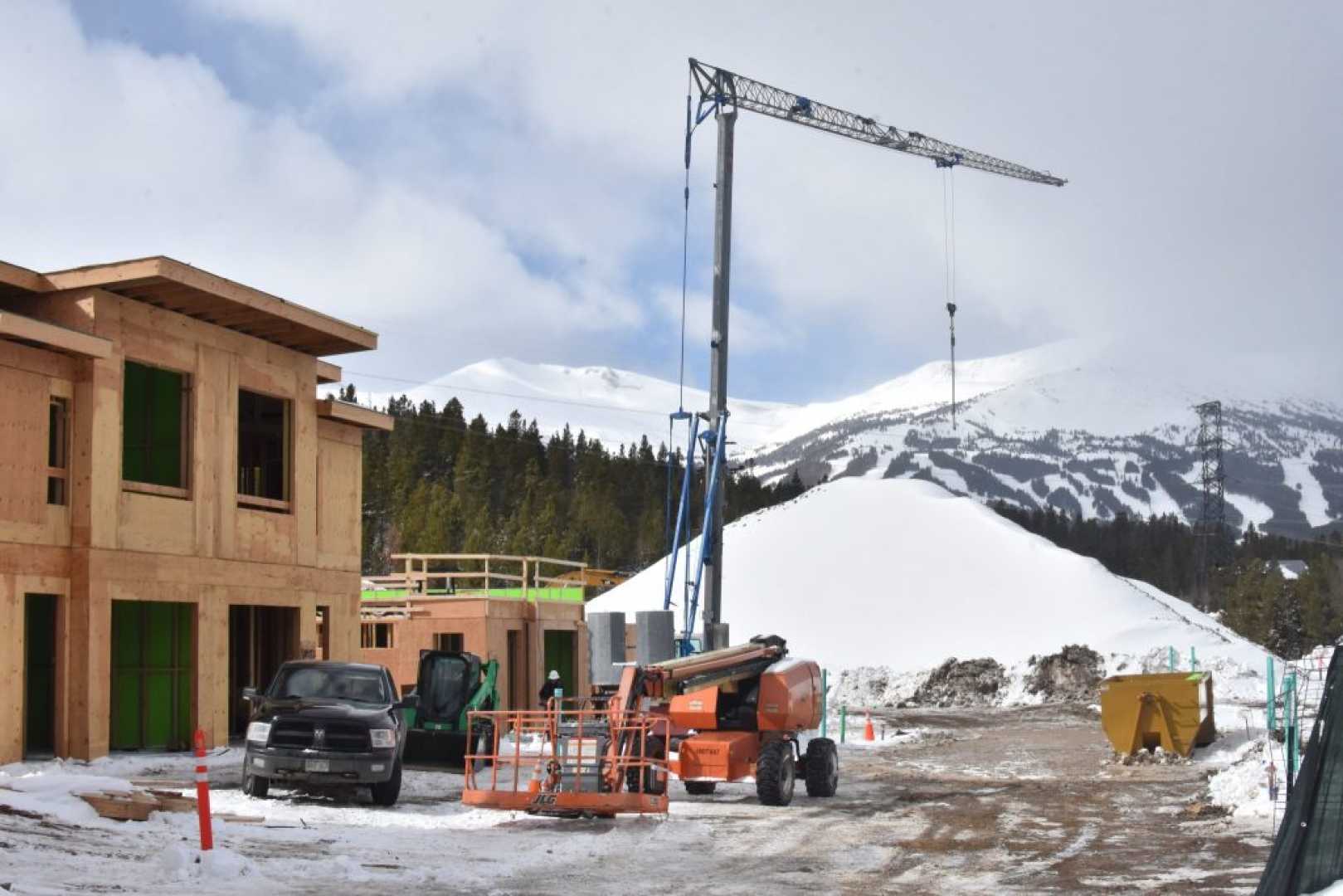News
Breckenridge Council Deliberates Future of Accessory Dwelling Units

Breckenridge, Colorado — The Breckenridge Town Council met on August 12 to discuss the potential role of accessory dwelling units (ADUs) in the town’s new workforce housing neighborhood. The project, expected to include 81 housing units in the first phase, aims to provide affordable options for local workers amidst rising housing costs.
No formal vote took place during the meeting, but many council members showed strong interest in integrating ADU-ready infrastructure into the development. Out of the 81 initial units, approximately 27 single-family homes could be built with the ability to add ADUs later.
Town staff proposed a model where “shells” for ADUs are constructed with necessary infrastructure, enabling homeowners to finish them at a later date. This approach could present a grant opportunity for buyers looking to complete the units, which could help address local rental shortages while allowing homeowners to generate additional income through renting.
However, opinions among council members varied. Some council members expressed concerns about forcing homeowners to become landlords, while others highlighted the possible benefits of adding more rental units. Estimates place the cost of constructing ADUs at around $120,000 per unit, with an additional $30,000 for utilities and permits.
Housing project manager Melanie Leas remarked on the potential issues of affordability linked to the million-dollar price tag of multi-bedroom homes. According to her, the decision to incorporate ADUs could affect long-term affordability.
Mayor Kelly Owens and council members discussed the impacts of ADUs on resale value and whether owners could recoup costs when selling their homes. Some members, including Todd Rankin, favored fully building out at least some ADUs to maximize community benefits, despite increased costs.
Rankin emphasized the limited available land and the importance of addressing local workforce housing needs. On the other hand, Leas raised questions about how additional costs would impact buyers. Others in support of the shell model, like council member Dick Carleton, noted its potential benefits.
The division within the council highlights the challenges faced in tackling housing affordability while ensuring community growth. The dialogue on accessory dwelling units is expected to evolve as the town faces economic uncertainties in its housing development initiatives.
As the council continues deliberations, the outcome could significantly influence both current and future residents in need of affordable housing in Breckenridge.












